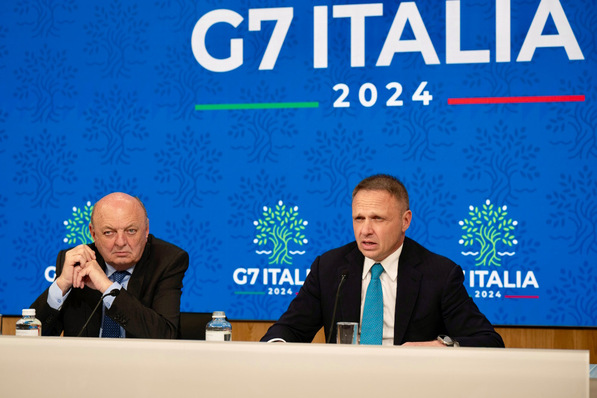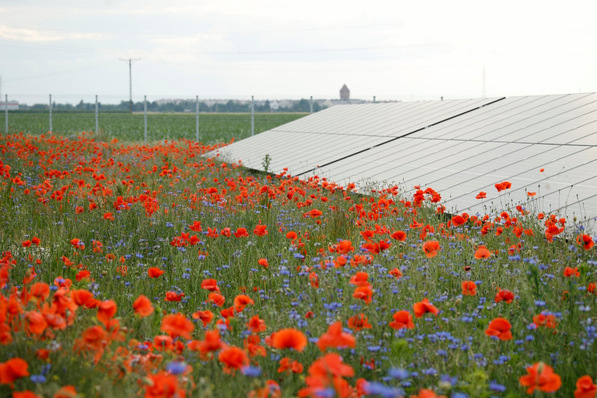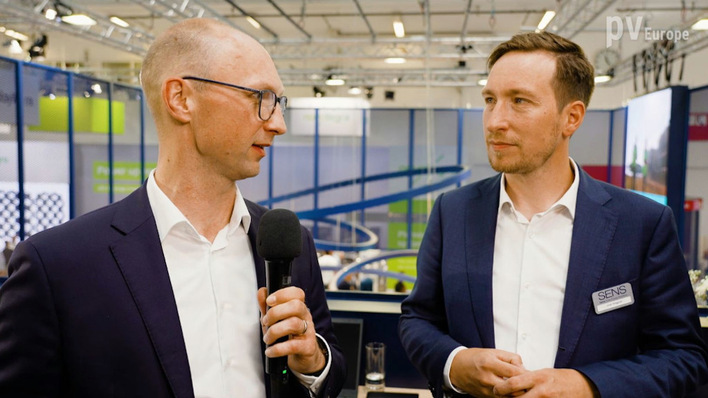Leuk TDC is the first company in Europe to use satellite dishes for energy production. Instead of disposing of disused satellite dishes, the existing infrastructure is being converted. This large-scale solar project was realised by Axpo subsidiary CKW. The solar panels are installed on the inside of the satellite dishes, where the solar radiation has the strongest effect.
With satellite dishes to self-sufficiency
Former satellite dishes are ideal for use as solar arrays. They can be flexibly aligned with the sun, and therefore, produce more electricity than conventional solar panels. Also, snow hardly sticks to the solar panels, and thanks to its location at an altitude of 1,000 metres above sea level, the data centre and satellite dishes are often above the fog line. Hence, Leuk TDC can generate much more energy from solar radiation even in winter.

PHILIPP SCHMIDLI | Fotografie
See also: Solar plant on dam wall in the Swiss Alps now fully operational
One dish generates around 110,000 kilowatt hours per year, which is equivalent to the energy needs of 25 households. The solar panels on the roof of the data centre produce an additional 550,000 kilowatt hours per year. Further solar projects are planned for Leuk TDC: Solar panels on two more satellite dishes and on open spaces to generate even more solar energy in Leuk in the future. The building permit for the second satellite dish has already been granted and it is to be built in spring.
Thanks to the solar power produced in-house and additional hydroelectric power, Leuk TDC's data centre will be powered with 99 per cent renewable energy in the future.
Solar contracting - a model with high potential
In its collaboration with Axpo subsidiary CKW, Leuk TDC benefits from solar contracting. In this model, the solar plant is installed by CKW and Leuk TDC receives the solar electricity at a fixed price and for a fixed contract period. CKW takes care of maintenance and service work as well. At the end of the contract period, the solar plant belongs to Leuk TDC.
Also interesting: Solar plant has been supplying solar power for 40 years
Thanks to the electricity it produces itself, Leuk TDC is more independent and less affected by rising electricity prices. This enables Leuk TDC to fulfil customers' needs for low latency and high computing services in the data centre even in times of electricity uncertainty. The partnership between Leuk TDC and CKW proves that data centres can also be operated sustainably despite their energy requirements. (mfo)

Leuk TDC







